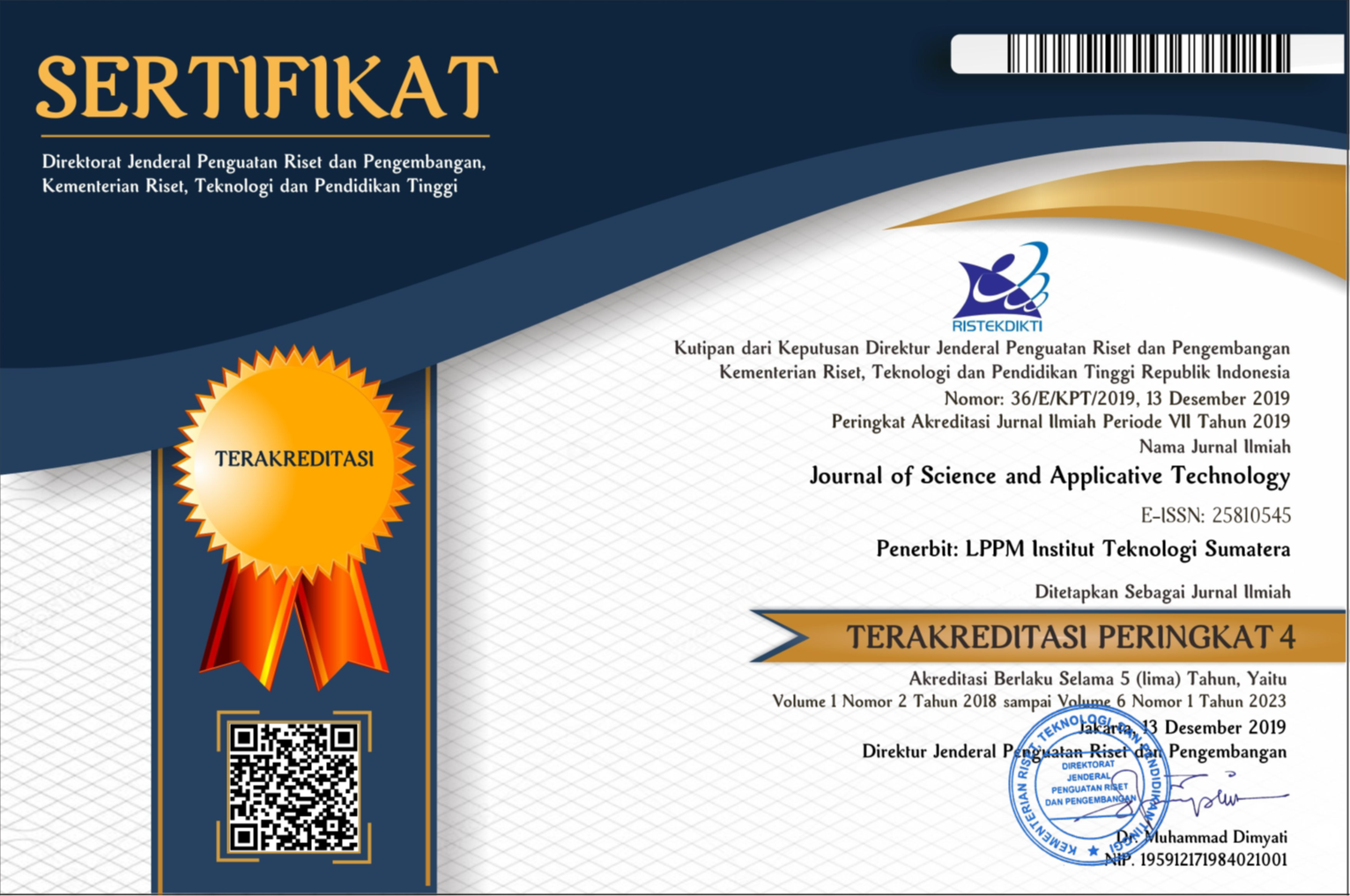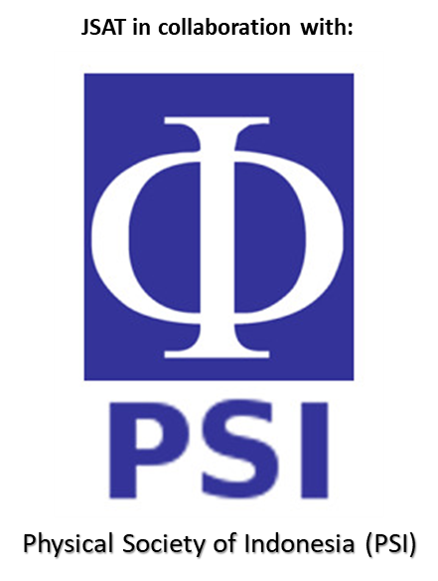Analisis Kesesuaian Lahan Kawasan Lahan Basah (Wetland) untuk Perencanaan Tata Guna Lahan Berkelanjutan di Kabupaten Tulang Bawang
Abstract
The wetland area in Tulang Bawang Regency is a stretch of swamps that has an important value ecologically and hydrologically and has economic value. However, currently, the area's condition has begun to change its function to agricultural land, resulting in damage to the habitat and function of swamps, causing a decrease in biological resources such as fish and bird populations. The use of wetlands must be carefully planned and designed with land use principles with a sustainable perspective. The aim of this research is; 1.) Identifying the potential for hydrology, potential land use, and the condition of biodiversity in the Wetland area; 2) Formulating alternative land suitability in the wetland area planning in Tulang Bawang Regency by taking into account biophysical factors and area functions. This research's approach method is spatial pattern analysis, which is to study the patterns, shapes, and distribution of phenomena on the earth's surface. In addition, understand the meaning of these patterns and use them in sustainable land use planning. Based on the results of land suitability analysis for wetland planning in Tulang Bawang Regency, it can be concluded that this area is classified as very suitable (S1) with a score of 93.33. For the development of wetlands through nature conservation and cultural heritage of the Tulang Bawang community as objects and the main attraction of this area.
Downloads
References
[2] Cassel, D.K. 1997. Foreword. Dalam: M.J. Vepraskas & S.W. Sprecher (eds.), Aquic Conditions and Hydric Soils: The Problem Soils. SSSA Special Publication Number 50. h vii
[3] Ariesty, Helena, et.al. 2013. The Modelling Wetlands Potential Based on Topography Index in Bretagne, France. Jurnal Agrista Vol. 17 No. 3, 2013
[4] Haryono, et.al. 2013. Lahan Rawa Penelitian dan Pengembangan. Pusat Perpustakaan dan Penyebaran Teknologi Pertanian. Bogor
[5] Widjayatnika, Benadikta, et.al. 2017. Analisis Perubahan Penggunaan Lahan dan Arahan Pemanfaatan Ruang untuk Pertanian di Kabupaten Penajam Paser Utara, Provinsi Kalimantan Timur. Journal of Regional and Rural Development Planning Vol. 1 No. 3 : 243-257.
[6] P. J. Dugan, “Wetland conservation: A review of current issues and required action.†IUCN, Gland, Switzerland, pp. 96, 1990.
[7] Ramsar Convention on Wetlands, The. 2004. Key Documents of the Ramsar Convention: Classification System for Wetlands Type. http://www.ramsar.org/key_ris_types.htm
[8] Sosrodarsono Suyono & Kensaku Takeda, 1993, Hidrologi untuk Pengairan, PT. Pradnya Paramitha, Jakarta.
[9] Booth RK, Lamentowicz M, Charman DJ. 2010. Preparation and analysis of testate amoebae ub oeatland palaeoenvironmental studies. Mires and Peat 7:1-7
[10] Reed, et.al. 2009. Who’s in and why? A typology of stakeholder analysis methods for natural resource management. Journal of Environmental Management 90 (2009) 1933–1949. journal homepage: www.elsevier.com/locate/jenvman
[11] Undang-Undang nomor 26 tentang Penataan Ruang (2007).
Copyright (c) 2021 Journal of Science and Applicative Technology

This work is licensed under a Creative Commons Attribution-NonCommercial 4.0 International License.
All the content on Journal of Science and Applicative Technology (JSAT) may be used under the terms of the Creative Commons Attribution-NonCommercial 4.0 International License.
You are free to:
- Share - copy and redistribute the material in any medium or format
- Adapt - remix, transform, and build upon the material
Under the following terms:
- Attribution - You must give appropriate credit, provide a link to the license, and indicate if changes were made. You may do so in any reasonable manner, but not in any way that suggests the licensor endorses you or your use.
- NonCommercial - You may not use the material for commercial purposes.
- No additional restrictions - You may not apply legal terms or technological measures that legally restrict others from doing anything the license permits.





















